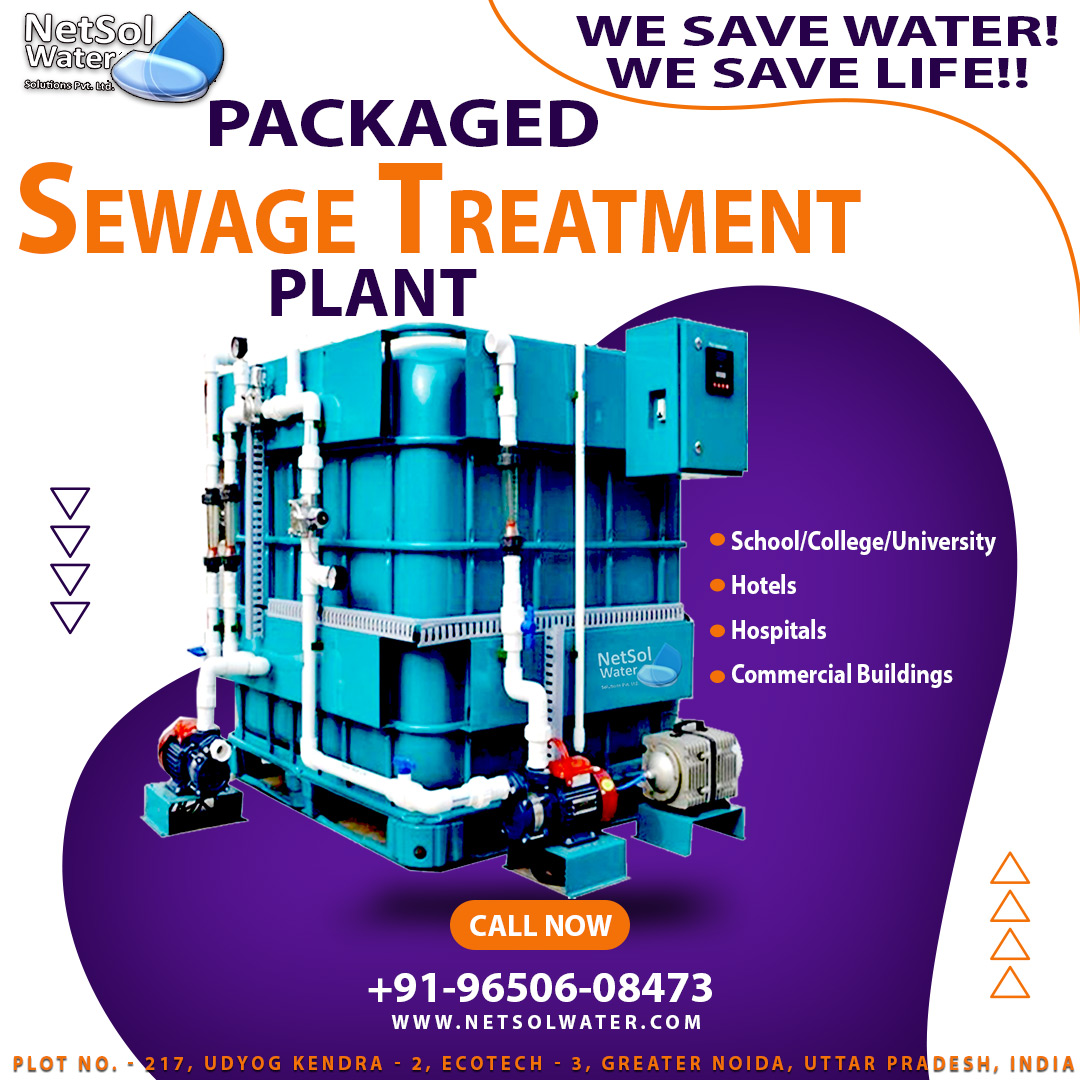What is Membrane aerated biofilm reactor (MABR)?
The acronym 'MABR' refers for membrane aerated biofilm reactor. MABR is an aerobic biological treatment technique that is an alternative to MBRs (membrane bioreactors).
An MABR is a 'fixed film' process, similar to a trickling filter, as opposed to a purely suspended growth process, such as one based on activated sludge (as is the case for the MBR). The membrane (typically a hollow fibre) is utilised as an alternate aerator in an MABR rather than for biomass separation. As a result, it does not produce the highly cleared effluent of a traditional MBR: this would necessitate the inclusion of a membrane separation step.
The MABR, like other fixed film systems such as the moving bed bioreactor (MBBR), contains a mixed liquid of suspended particles, although at a lower concentration than the MBR. The biofilm and the suspended flocs both contribute to biological therapy.
Modules for MABR:

MABR modules are a client focused wastewater treatment system with capacities ranging from 15 to 30 m3/d. Spirally wrapped membranes packaged into standardised polypropylene containers provide everything required for use as a biological reactor. The standardised modules and architecture reduce plant costs while allowing for progressive growth. There is also the option of remote monitoring and control.
Groups of modules are often organised in two process steps to enhance performance. The method is based on the activated sludge process, with a secondary clarifier and circulation of return-activated sludge (RAS).
MABR plants focus on providing:
- A decrease of up to 90% in aeration energy consumption
- Concurrent nitrification and de-nitrification
- Low odour and noise levels allow for a more peaceful operation in the area
- Water of high quality, ideal for discharge or irrigation
- Operation is simple and low-maintenance.
- Low operating expenses
Containerized MABR:
The container - based MABR is a reliable, plug-and-play building block solution. It is simple to install and provide a great wastewater treatment solution for small towns, residential communities, resort hotels, and other applications. Each unit has up to five spirally coiled, self-respiring membranes that aerate the process. They're housed in a steel tank, the size of a shipping container that serves as the biological reactor, complete with all process connections.
The containers are of the same size, but their treatment capacities range from 50 to 150 m3/d, depending on the effluent needs and design temperature. Several containers can be linked together in tandem to manage flow rates of up to 2,000 m3/d.
All process equipment, such as the mechanical screen and secondary clarifier, are tailored, and onsite piping connecting the major process units is established. Pre-treatment consists mostly of fine screening, followed by oil and grit removal. An anaerobic tank is installed upstream of the containers when phosphorus removal is necessary. Filtration and disinfection are examples of tertiary treatment that are compatible with the procedure and can be supplied individually.
The activated sludge process is used in the design of the concrete plant. It has a rectangular clarifier as well as sludge storage and a secondary effluent tank. When phosphorus removal is necessary, an anaerobic chamber with mechanical mixing is added. Filtration and disinfection are examples of tertiary treatment that are compatible with the procedure and can be supplied individually. For operating flexibility and future extension, a portion of the basin volume on the downstream side can be left without membranes.
MABR wastewater treatment systems are extremely energy-efficient and cost-effective, with built-in nutrient removal to assure good effluent quality.
For more details, contact Netsol Water.


.jpg)

